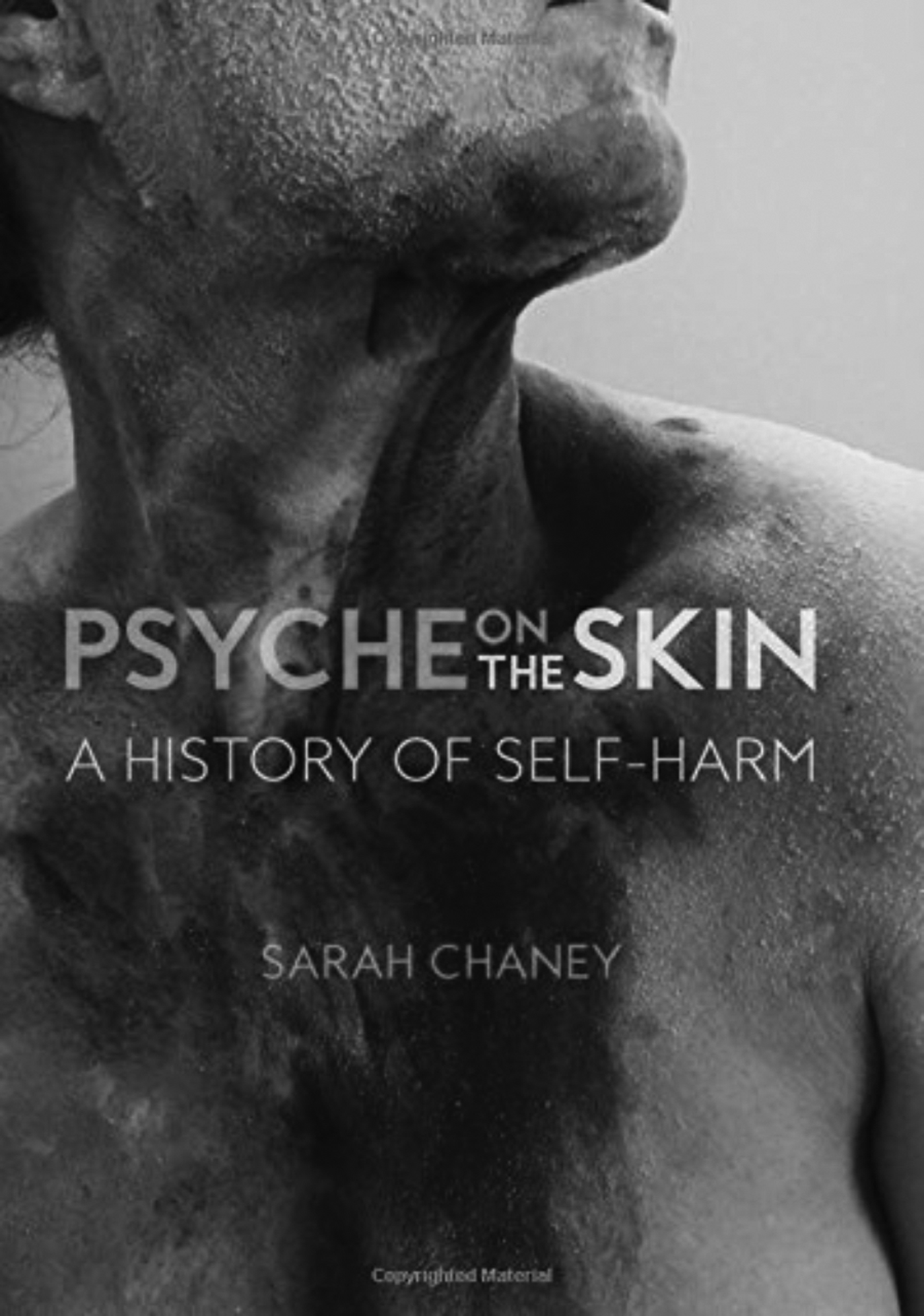
The author of this book has had some bad experiences with doctors. Too often professional bodies have been moralistic rather than helpful, viewing self-harm as manipulative or self-serving. To address this unhappy state of affairs, Chaney has set out to describe some different ways of thinking about self-harm across history, hoping to encourage reflection upon tacit assumptions about self-injury.
Unexpectedly, she starts with some examples of male self-harm (castration), both pagan and Christian, before moving on to episodes of community flagellation and the practice of therapeutic blood-letting – I certainly did not know about the Skoptsky sect in 18th-century Russia, which promoted male castration. In the 19th century, emerging psychiatric views contained elements of blame and manipulation, mainly in relation to women and girls. Psychological drivers came to be seen as important, but the theme of manipulation persisted – even when self-harm was seen as a device for women to deliver themselves from male violence. Subsequently, 20th-century theoretical constructs contained ideas of blame and deceit, usually when those involved were women, while they de-emphasised self-harm in men. And now, for better or worse, self-harm has been reified as a ‘V’ code in DSM-5 – a ‘condition for further study’.
Does this book succeed? Each chapter starts with a summary of the chapter. This might work in a lecture but, for me, it just felt like unhelpful repetition. Again, each chapter feels like a stand-alone piece of work, with little impression of a narrative or theoretical connection to other segments. Cultural experiences of group bonding are conflated with therapeutic procedures and practices designed to relieve distress.
However, I found the cumulative effect salutary. The author demonstrates the dubious utility of trying to contain such a range of behaviours, with so many antecedents, within a single diagnostic construct. It reminded me of one of my most important tasks as a psychiatrist. To, without preconceptions, help the patient in front of me to construct a narrative, articulate their predicament and use this understanding to enable change. Which, the author tells us, is what she has achieved by writing this book and, in doing so, I think she has succeeded in helping the reader to reflect on his or her assumptions about self-harm.



eLetters
No eLetters have been published for this article.